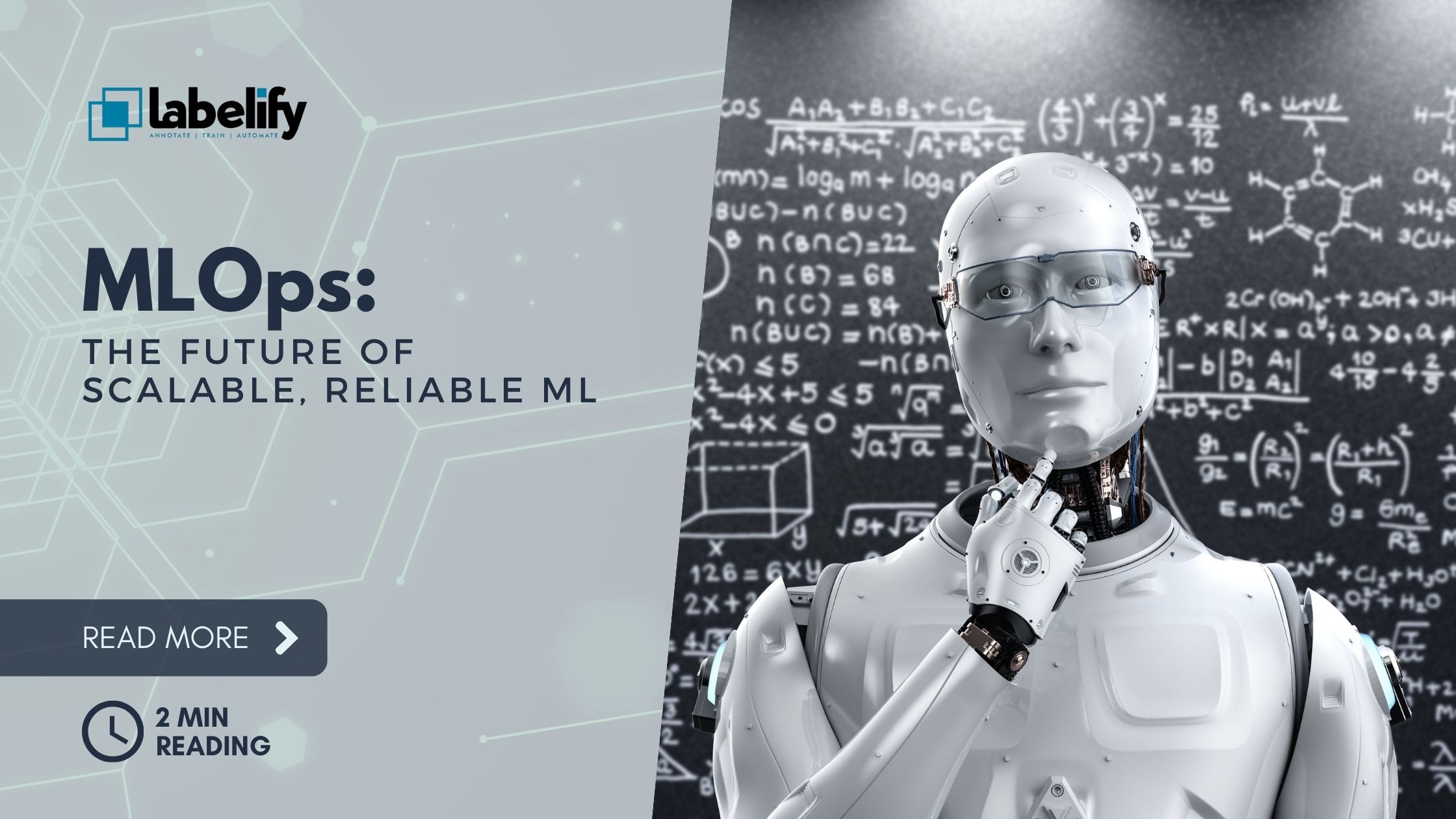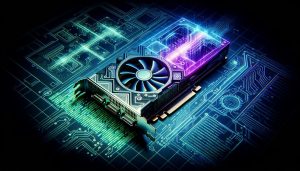We're about to embark on a groundbreaking journey into the world of machine learning.
Join us as we explore the transformative power of MLOps, a practice that revolutionizes collaboration between data scientists and operations professionals.
Derived from the principles of DevOps, MLOps manages the entire lifecycle of machine learning, emphasizing automation and improving the quality of ML pipelines.
Get ready to witness the seamless integration of data scientists, DevOps engineers, operators, and IT, as we unlock the potential of MLOps to liberate the field of machine learning.
Key Takeaways
- MLOps is a practice that focuses on collaboration and communication between data scientists and operations professionals in order to manage the development and production machine learning lifecycle.
- MLOps automates time-consuming tasks in the machine learning lifecycle, increasing efficiency and scalability.
- MLOps enables model reproducibility and auditability, ensuring compliance in regulated industries.
- MLOps includes components such as monitoring, governance, security, training data, and infrastructure management to ensure the smooth and efficient functioning of the machine learning lifecycle.
Understanding MLOps
In our exploration of MLOps, let's delve into the understanding of this practice that revolutionizes machine learning.
MLOps adoption challenges can arise, but with the right mindset and approach, organizations can overcome them. The key is to embrace MLOps best practices that prioritize collaboration, automation, and scalability.
By bridging the gap between data scientists and operations professionals, MLOps enables a seamless integration of machine learning into the development and production lifecycle. It ensures efficient management of ML pipelines, from data preparation to model monitoring.
With MLOps, organizations can automate time-consuming tasks, deploy and update ML models across different environments, and ensure model reproducibility and auditability.
Benefits of Implementing MLOps
Implementing MLOps brings numerous benefits to organizations, enhancing efficiency and scalability in managing machine learning pipelines. By adopting MLOps, organizations can overcome challenges in implementing MLOps and leverage best practices for MLOps implementation.
| Benefits of Implementing MLOps | |
|---|---|
| Increased Efficiency | Streamlines the ML lifecycle, automating tasks and reducing manual effort. |
| Enhanced Scalability | Enables managing and deploying multiple ML models across different environments. |
| Improved Collaboration | Facilitates collaboration between data scientists, DevOps engineers, and IT professionals. |
Implementing MLOps allows organizations to optimize their ML workflows, ensuring smooth model development, validation, deployment, and monitoring. By automating time-consuming tasks, MLOps frees up valuable resources and enables teams to focus on innovation. Additionally, MLOps enhances collaboration between different teams, fostering a culture of shared responsibility and continuous improvement. By implementing MLOps, organizations can unlock the full potential of their machine learning initiatives, driving business growth and innovation.
Key Differences Between Devops and MLOps
Our team's analysis reveals the key differences between DevOps and MLOps lie in their focus and objectives. While both practices aim to improve software development and delivery, MLOps specifically focuses on the machine learning lifecycle and the challenges it presents.
Here are three emotional sub-lists that highlight these differences:
- Challenges in implementing MLOps:
- Overcoming data versioning and management complexities
- Ensuring reproducibility and auditability of ML models
- Dealing with the dynamic nature of ML models and their dependencies
- Integration of MLOps with CI/CD pipelines:
- Enabling seamless deployment and monitoring of ML models
- Incorporating automated testing and validation of ML pipelines
- Ensuring smooth collaboration between data scientists and DevOps engineers
- The liberating power of MLOps:
- Empowering data scientists to focus on innovation rather than infrastructure management
- Facilitating faster time-to-market for ML models through automation
- Enabling organizations to scale their ML initiatives and drive business value
Exploring the Lifecycle of MLOps
Exploring the lifecycle of MLOps reveals the seamless management and optimization of machine learning models from data preparation to model monitoring. This lifecycle consists of five key stages: data preparation, model development, model validation, model deployment, and model monitoring. Each stage presents its own set of challenges in MLOps, but by following best practices, organizations can overcome these hurdles and unlock the full potential of their machine learning models.
To illustrate the lifecycle of MLOps, let's take a closer look at each stage in a table format:
| Stage | Description | Challenges in MLOps |
|---|---|---|
| Data Preparation | Involves supporting the data pipeline from raw data collection to processing for ML models. | Data quality, data preprocessing, feature engineering |
| Model Development | Building, training, and testing ML models. | Model selection, hyperparameter tuning, reproducibility |
| Model Validation | Testing trained models on unseen data to ensure expected performance. | Overfitting, bias-variance tradeoff, evaluation metrics |
| Model Deployment | Deploying validated models into a production environment. | Infrastructure setup, version control, scalability |
| Model Monitoring | Continuous monitoring of model performance in production. | Model performance tracking, drift detection, retraining |
Essential Tools and Technologies in MLOps
To effectively revolutionize machine learning through MLOps, what're the essential tools and technologies that we need to consider?
In our quest for liberation in the field of machine learning, we must embrace the power of data versioning. By using tools like DVC and SuperAnnotate, we can experiment with different versions of datasets and ensure reproducibility of our experiments.
Another crucial aspect is model serving, which allows us to package and deploy trained models for making predictions. With a focus on low-latency responses, scalability, and easy updates/rollbacks, model serving empowers us to deliver efficient and reliable machine learning solutions.
Let's harness the potential of data versioning and model serving to unleash the true power of MLOps and pave the way for a new era of machine learning liberation.
Examples of MLOps in Practice
As data versioning and model serving become essential tools in MLOps, we frequently witness their practical applications in revolutionizing the field of machine learning.
Real world MLOps applications and case studies provide concrete examples of how MLOps transforms the machine learning lifecycle.
For instance, in the healthcare industry, MLOps is used to develop and deploy models for predicting diseases, enabling early intervention and improving patient outcomes.
In the financial sector, MLOps is leveraged to automate fraud detection, minimizing financial losses for businesses and customers.
Additionally, in the retail industry, MLOps is employed to optimize pricing strategies, enhancing revenue and customer satisfaction.
These examples demonstrate the power of MLOps in driving innovation, efficiency, and value creation across diverse domains.
Future Trends in MLOps
As we explore the future trends in MLOps, it's important to consider how advancements in technology and the growing demand for efficient machine learning workflows will shape the evolution of this field. The future of MLOps holds immense potential and promises to liberate us from the limitations of the present.
Here are three exciting trends that will revolutionize MLOps:
- MLOps for Edge Computing: With the rise of Internet of Things (IoT) devices and edge computing, the need for deploying and managing machine learning models at the edge will become crucial. MLOps will play a vital role in enabling seamless deployment, monitoring, and updates of models on edge devices, empowering us to harness the full potential of edge computing.
- AI Explainability in MLOps: As artificial intelligence (AI) becomes more integrated into our lives, the demand for transparency and interpretability of AI models will grow. MLOps will pave the way for incorporating explainability techniques into the machine learning lifecycle, allowing us to understand and trust the decisions made by AI systems.
- Continuous Learning and Adaptive MLOps: The field of machine learning is constantly evolving, and MLOps will adapt to this dynamic landscape by enabling continuous learning. MLOps will support the seamless integration of new data, model updates, and retraining, ensuring that our machine learning systems stay up-to-date and adaptable to changing conditions.
The future of MLOps is bright, and these trends will empower us to unleash the full potential of machine learning, liberating us from the constraints of the present and opening up new possibilities for innovation and progress.
Frequently Asked Questions
What Are the Common Challenges Faced in Implementing Mlops?
Implementing MLOps comes with its challenges. Common obstacles include:
- Ensuring data governance to maintain data quality and security
- Automating model deployment to streamline the process
How Does MLOps Ensure Model Reproducibility and Auditability?
MLOps ensures model reproducibility and auditability through model versioning and model monitoring.
With model versioning, every version of the ML model, along with its parameters and training data, is tracked. This enables reproducibility and facilitates experimentation.
Additionally, model monitoring allows for continuous tracking of model performance, including metrics like accuracy and latency. By monitoring the model's behavior in production, any issues or deviations can be quickly detected and addressed, ensuring the model remains reliable and accountable.
What Are the Key Components of MLOps Infrastructure Management?
When it comes to MLOps infrastructure management, the key components include monitoring, governance, security, training data management, and infrastructure optimization. By implementing these components, we can ensure the smooth functioning of machine learning pipelines and improve the overall efficiency of our operations.
Best practices in MLOps infrastructure management involve continuous monitoring of resources, establishing robust governance policies, ensuring data security, and optimizing infrastructure to meet the specific needs of ML workflows. By focusing on these key components and following best practices, we can revolutionize machine learning and unleash its true potential.
Can You Explain the Process of Model Drift Detection and Correction in Mlops?
Model drift detection and correction in MLOps involves continuously monitoring the performance of deployed ML models. By tracking metrics like accuracy and latency, we can identify when a model's performance deviates from expected behavior.
Once drift is detected, corrective actions can be taken, such as retraining the model with updated data or implementing a new version.
This proactive approach ensures that our models stay accurate and reliable, empowering us to make informed decisions and deliver high-quality results in machine learning.
Which Are Some Popular MLOps Tools and Platforms Used in the Industry?
Popular choices for MLOps tools and platforms in the industry include various services offered by major cloud providers, such as AutoML tools, model drift detection, and deployment automation.
Platforms like Databricks and Snowflake provide comprehensive MLOps tools. These industry standards revolutionize the machine learning process by automating different areas of the MLOps lifecycle, improving efficiency, scalability, and reproducibility.
With these powerful tools at our disposal, we can unleash the true potential of machine learning and drive innovation forward.
Conclusion
In conclusion, MLOps has the potential to revolutionize the world of machine learning by streamlining collaboration between data scientists and operations professionals.
By automating time-consuming tasks and improving the quality of ML pipelines, MLOps increases efficiency in the ML lifecycle.
It also enables the management, updating, and deployment of multiple ML models across different environments, contributing to scalability.
With its focus on model reproducibility, auditability, and continuous monitoring, MLOps ensures that models perform as expected over time.
The future of MLOps holds exciting possibilities for the advancement of machine learning.




